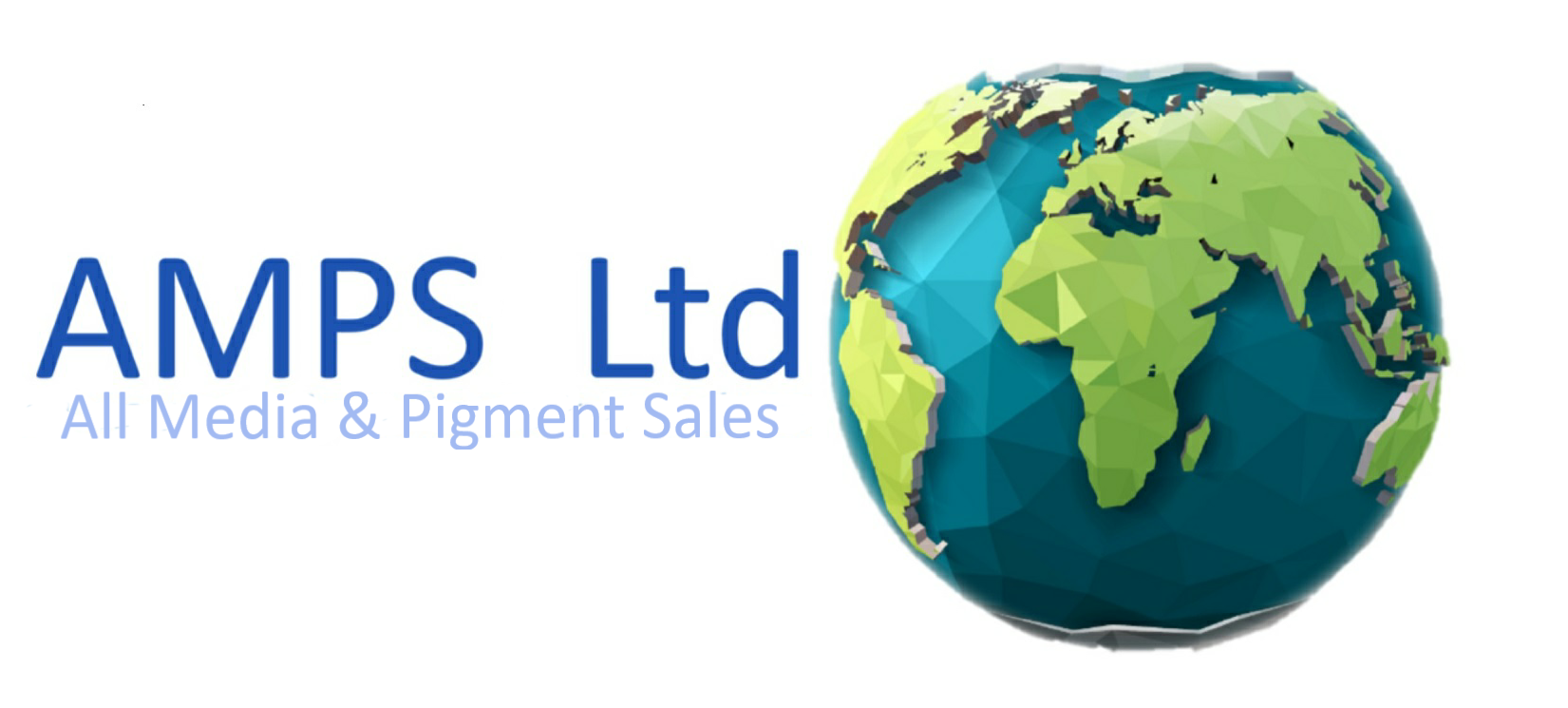Magnetic tape or ink and its many uses.
We all think of credit or debit cards when we see magnetic tape but we have to understand where magnetic tape originated to truly understand its versatility and functionality. Magnetic tape was first invented in 1928 by Fritz Pfleumer who bonded oxide to a strip of paper or film. It had been thought of as long previously as 1888 by American Oberlin Smith and then using wire as the medium the Danish inventor Valdemar Poulsen invented the Telegraphone which was patented in 1898. Work continued around the world on perfecting the technology until in 1935 after AEG had patented the Magnetophone, their partners BASF begun production of magnetic tape. Of course, 1935 was the start of the war years so as well as commercial use magnetic tape was also found in military applications.
German tape was credited as being the best and most advanced and the technology found its way back to USA after the war ended. The company Ampex was formed. Soon Bing Crosby started making magnetic recordings of his shows and the mass popularity and success of magnetic tape took off. Several other companies around the world produced magnetic tape since the war most notables were Sony, 3M and Philips, but there were many other smaller companies making tape around the globe.
So magnetic tape has a long and distinguished history. It also has many uses not limited to audio or video recording! Most cloud based storage is backed up onto magnetic tape because of its robustness and ability to avoid deterioration over time. Companies still use magnetic tape to back up their computer systems. Magnetic tape is used for recording variable data and of course, your personal details on your bank cards. You will no doubt have noticed magnetic tape is still used in bank and credit cards even though there are also chip and pin and contactless technologies also used. The reason is obvious, magnetic tape is durable, reliable and inherently safe.
Of course, where magnetic tape is used, so too is magnetic ink. Here however the amount of applications is limited only by the mind of the customer. Magnetic inks can be printed by screen printing, flexographic printing, gravure printing, reverse roll printing and believe it or not, printed using inkjet printing. Yes, you can now get an inkjet cartridge for your home or industrial inkjet printer.
Some common, current magnetic storage uses:
- Data storage, cloud server applications or single or multi computer system backups,
- Access to buildings,
- Bank notes,
- Credit cards,
- Passports,
- Driving licences,
- Security threads,
- Equipment authorisation.
Even in 2019, AMPS still have enquiries to use magnetic encoding on new and exciting applications. The technology has survived 2 world wars and many advances in technology but it is still in demand.

Leave A Comment